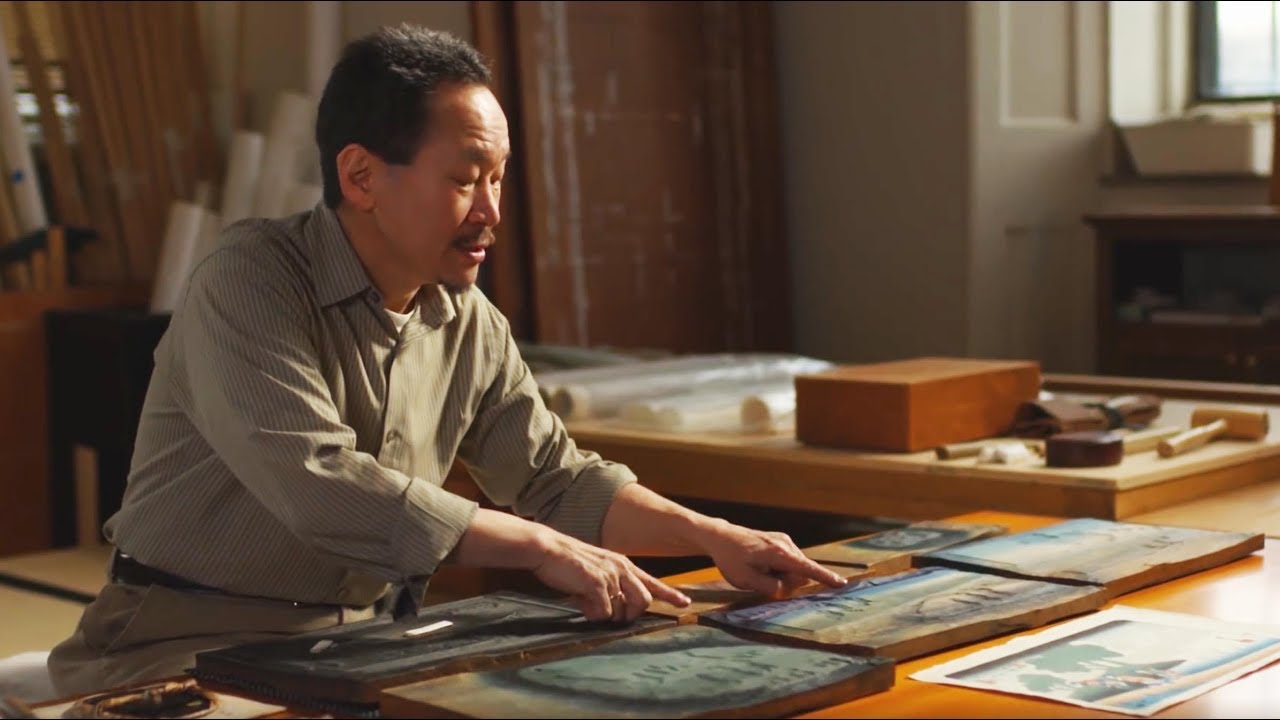Martin Scorsese Introduces Classic Movies: From Citizen Kane and Vertigo to Lawrence of Arabia and Gone with the Wind
In today’s cinema culture, there’s only one thing as reliably entertaining as watching a Martin Scorsese movie: watching Martin Scorsese talk about the movies of his predecessors. Before becoming a director, one must understand what a director does, an education delivered to the young Scorsese practically at a stroke by Citizen Kane. Watching Orson Welles’ masterpiece (in the original sense), Scorsese also “began to become aware of editing and camera positions,” as he recalls in the clip above.
It comes from an interview conducted by the American Film Institute, which also collected the ultra-cinephile New Hollywood icon’s takes on a series of other classic pictures including John Ford’s The Searchers and Alfred Hitchcock’s Rear Window.
In discussing Citizen Kane these days, of course, a different Hitchcock film tends to rush into the discussion: Vertigo, which displaced Citizen Kane on the top spot of the latest Sight & Sound Critics Poll in 2012. Whatever his feelings about the comparative merits of Welles and Hitchcock, Scorsese would surely be unlikely to balk at this changing of the guard.
When he first saw Vertigo with his friends, as he puts it in the clip just above, “we thought it was good; we didn’t know why.” Re-watching it in the intervening decades, he found its beating heart in “the obsession of the character,” James Stewart’s traumatized ex-cop bent on re-creating the object of his infatuation. “The story doesn’t matter. You watch that film repeatedly and repeatedly because of the way he takes you through his obsession.”
The late 1950s and early 60s must have been a fine time for a budding cinephile. Not only could you enter and leave the theater at any time, staying as long as you liked — a custom whose pleasures he emphasizes more than once — you could walk in on these works of surprising cinematic art. But stepping into David Lean’s Lawrence of Arabia, the twenty-year-old Scorsese had to have an inkling of what he was in for. “There it is, up on the screen in 70 millimeter,” he remembers. “The main character is not Ben-Hur, it’s not a saint, it’s not a man struggling to come to terms with God and his soul and his heart; it’s a character that really, in a way, comes out of a B movie.” No doubt this portrayal of Lawrence as a “self-destructive” and “self-loathing” protagonist at an epic scale did its part to influence what would become Scorsese’s own cinema.
Scorsese also finds much to admire, and even use, in films from before his time. “It’s melodramatic, it’s stereotypes — racial stereotypes — and yet, you know, those characters,” he says of Victor Fleming’s Gone with the Wind. “There’s complexity to them.” Though its production “smacks of the nineteenth century” (with which Scorsese himself has exhibited his own fascination in The Age of Innocence and Gangs of New York), it stands alongside Casablanca as one of “the two high points of the studio system.” Few experiences so forthrightly deliver “that magic of old Hollywood,” one variety of the power of cinema that Scorsese knows well. But as his remarks on everything from Michael Powell and Emeric Pressburger’s The Life and Death of Colonel Blimp to Thorald Dickinson’s The Queen of Spades to Nicholas Ray’s Johnny Guitar show us, he’s more than acquainted with many other varieties besides.
Related Content:
Martin Scorsese Names His Top 10 Films in the Criterion Collection
Martin Scorsese Introduces Filmmaker Hong Sangsoo, “The Woody Allen of Korea”
Martin Scorsese Creates a List of 39 Essential Foreign Films for a Young Filmmaker
Based in Seoul, Colin Marshall writes and broadcasts on cities, language, and culture. His projects include the Substack newsletter Books on Cities, the book The Stateless City: a Walk through 21st-Century Los Angeles and the video series The City in Cinema. Follow him on Twitter at @colinmarshall or on Facebook.
Martin Scorsese Introduces Classic Movies: From <i>Citizen Kane</i> and <i>Vertigo</i> to <i>Lawrence of Arabia</i> and <i>Gone with the Wind</i> is a post from: Open Culture. Follow us on Facebook and Twitter, or get our Daily Email. And don’t miss our big collections of Free Online Courses, Free Online Movies, Free eBooks, Free Audio Books, Free Foreign Language Lessons, and MOOCs.
, In today’s cinema culture, there’s only one thing as reliably entertaining as watching a Martin Scorsese movie: watching Martin Scorsese talk about the movies of his predecessors. Before becoming a director, one must understand what a director does, an education delivered to the young Scorsese practically at a stroke by Citizen Kane. Watching Orson Welles’ masterpiece
Martin Scorsese Introduces Classic Movies: From <i>Citizen Kane</i> and <i>Vertigo</i> to <i>Lawrence of Arabia</i> and <i>Gone with the Wind</i> is a post from: Open Culture. Follow us on Facebook and Twitter, or get our Daily Email. And don’t miss our big collections of Free Online Courses, Free Online Movies, Free eBooks, Free Audio Books, Free Foreign Language Lessons, and MOOCs.


















